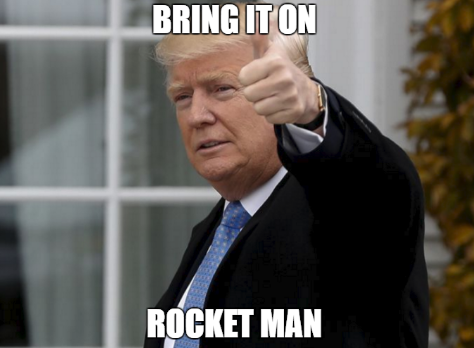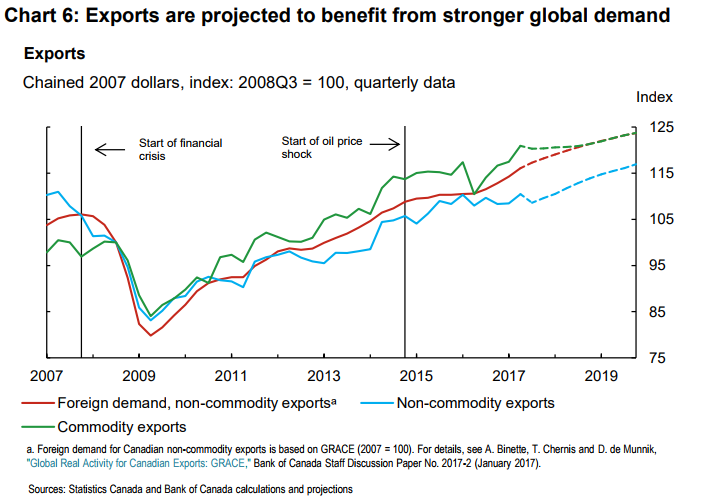Summer’s gone. Autumn arrived, and so did a feisty Fed. Last week the odds for the Federal Open Market Committee (FOMC) to raise US interest rates in December were 42.3% (according to CME FedWatch tool). They jumped to 75.3% on September 20, after the FOMC statement and projections were released.
The odds were not the only thing that jumped. The US dollar soared against the Japanese yen, Euro and the Canadian dollar. Traders who had dismissed early warnings from economists suggesting a December rate hike was a possibility, scrambled to cover positions. However, the dollar rally faded fairly quickly, especially against the Japanese yen, British pound and Euro.
The FOMC statement was upbeat. The Committee noted a strengthening labour market, expanding household spending and a pick-up in business fixed-investment. They added that the devastation from Hurricanes, Harvey, Irma and Maria are unlikely to materially alter the course of the national economy over the medium term.
It wasn’t all peaches and cream. The Fed is concerned about inflation. Specifically, its inability to climb above 2%, although they still believe that it will achieve that objective over the medium term. However, it is readily apparent that the Fed doesn’t understand why inflation is stubbornly low. Ms Yellen said “our understanding of the forces driving inflation is imperfect, and in light of the unexpected lower inflation readings this year, the Committee is monitoring inflation developments closely.”
The FOMC announced the start of the balance sheet reduction plan, outlined in June. The Fed’s balance sheet is currently around $4.5 trillion, and the plan is to reduce it by $10.0 billion each month with incremental increases every three months. The Fed has not disclosed the level that the balance sheet will be reduced to. The balance sheet was $800 billion before the 2008 financial crisis.
At the moment, markets are not very bothered by the Fed’s plans, but maybe they should be. Just as quantitative easing is unconventional monetary policy, balance sheet reduction, or quantitative tightening, is as well.
FX markets survived the September FOMC meeting, even as its importance, during the dog days of August seemed to ratchet higher daily. They also survived President Trump’s United Nations performance.
President Trump’s U.N. speech attracted a few rounds of applause. He trumpeted, America first and appeared to take credit for gains in US employment and the stock market rally. And then he reverted to form.
He called the Kim Jong-un, “rocket-man”, a rather undiplomatic term, especially in a diplomatic forum such as the UN. He threatened to destroy the country. Then he aimed at Iran, calling the government a corrupt dictatorship.
The Merriam-Webster dictionary defines diplomacy as “skill in handling affairs with arousing hostility.” With that in mind, President Trump’s U.N address gets an “F.”
Trump threatened North Korea and Iran
FX traders have a short attention span. The September 20 FOMC meeting is already becoming “old news” and traders will be looking for the next major risk event. There are a few.
Germany goes to the polls on September 24. Chancellor Angela Merkel’s Christian Democrat Union party (CDU) will garner the most votes but not enough for a majority government. The uncertainty is who will be her coalition government party. The far-right anti-immigration party AfD party is a wild card if they garner enough votes to become the largest opposition party. As risk events go, the German election is very mild and unlikely to be a market mover.
The European Central Bank (ECB) policy meeting is on October 10. Before the September meeting, EURUSD was rallying in anticipation that details of the ECB’s stimulus reduction plans would be unveiled. They weren’t. Instead, the decision was to defer action until the October meeting. EURUSD dropped from its peak level but found support at 1.1820. Traders may just be biding their time before EURUSD makes another move higher ahead of the October ECB meeting.
North Korea poses a risk. North Korea Foreign Minister Ri Yong Ho responded to Trump’s UN speech saying, “If he was thinking he could scare us with the sound of a dog barking, that’s really a dog dream,”
FX markets are becoming dismissive of NK nuclear tests and missile tests. However, President Trump’s UN remarks may have upped the ante. He fell short of declaring war but may have to react more harshly if Kim Jong-un conducts more weapons tests.
Canada did not escape the impact of central bank fumblings. The FOMC’s hint of a December rate hike led to a 1.5% loss in the Canadian dollar, instantly.
It wasn’t just the FOMC that made traders nervous. The Bank of Canada had a lot of input. On Monday, Deputy Director Timothy Lane added an element of two-way risk to USDCAD trading when he said (in the context of recent rate hikes) “We will be paying close attention to how the economy responds to both higher interest rates and the stronger Canadian dollar.” That line and a reference to concerns about NAFTA negotiations led to the Canadian dollar shedding nearly 1.0%.
The fall colours will soon be on full display and as the seasons change, so will the outlook for the major currencies including the Canadian dollar.







